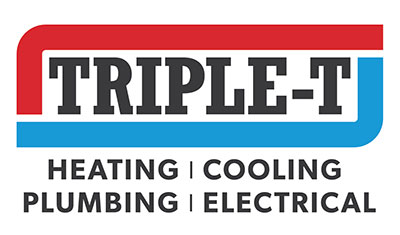Air Filter Types and Ratings

Air filters do many things: they can clean the air in your home, keep pollutants and dust out, and help you feel healthier and more comfortable. There are several different types of furnace filters on the market. Sometimes, when it comes to maintenance, it takes a bit of searching to find the right filter for your unit.
There are always recommendations available from manufacturers, but things change- sometimes filters are out of stock, or discontinued. That is why it’s important to understand the differences in the various types of filters.
Furnace Filter Types
Furnace filters are made from a variety of different materials, with different ratings and price ranges. Below are a few of the types you will see on the shelves at stores when you go to grab a new filter.
Fiberglass Filters: These are the least expensive of the bunch. They work in most furnaces and are disposable. These can and should be swapped and thrown out regularly.
Electrostatic Filters: These filters work by attracting and trapping dirt, dust, and particulates with static electricity. The debris comes off when the filters are washed.
Activated Carbon Filters: These do more than just remove the dust and allergens from the air. They remove nasty smells from your home. These are pleated filters with activated carbon added.
Ratings Of Furnace Filters
There are several categories of filter ratings. Each created by a different entity, but similar. These rating systems measure the same things, although they do it on different scales. If you’re looking for simplicity, we might suggest that you stick with the Minimum Efficiency Reporting Value scale, but it’s good to know what the others are.
Minimum Efficiency Reporting Value (MERV)
The Minimum Efficiency Reporting Value is a nationally (and internationally) recognized industry standard. It rates how well a filter can capture large particles, dirt, and dust. Common sense may have you think that a higher rating is better, but in this case, that’s not exactly true. Higher numbers mean smaller openings for particles to flow through, which can create resistance in the system. Increased resistance can worsen the air quality in your home.
Micro-Particle Performance Rating (MPR)
3M developed this rating. It rates how well filters hold molecules smaller than 1 micron. The lowest rating is 300 (equal to MERV 6). The highest on the scale is 1900 (MERV 13). These are good for things like pollen, even bacteria.
Filter Performance Rating (FPR)
Home Depot developed this system. It starts at the higher levels of the MERV and MPR systems. The FPR scale starts at five, which is the equivalent of the MERV 8. It goes to FPR 10, which is the equivalent of MERV 13.
The choice of filters will depend on several factors, but perhaps the most important is how vigilantly you’re trying to filter things out, and what you’re trying to filter out.
If you have questions or concerns about your furnace and filters, contact us today at 801-798-7711 to schedule a furnace checkup today.


